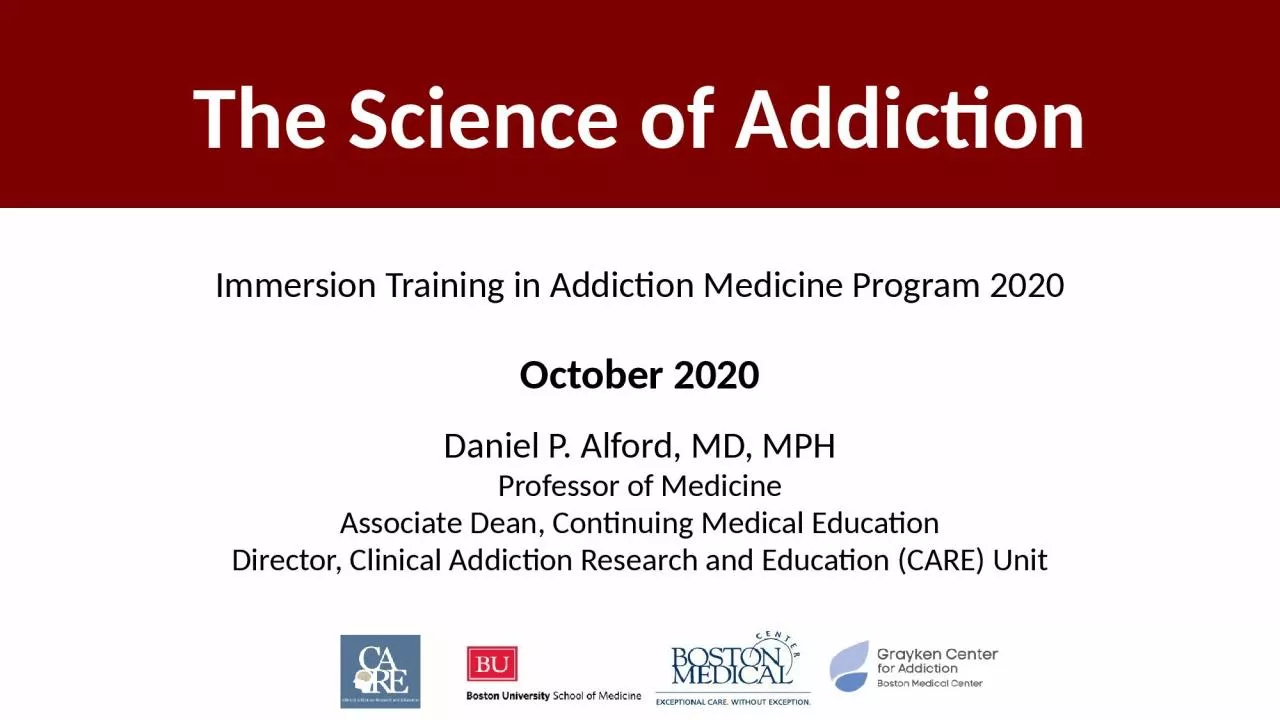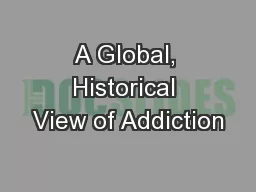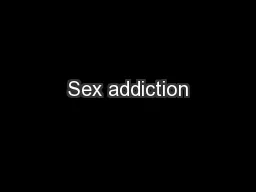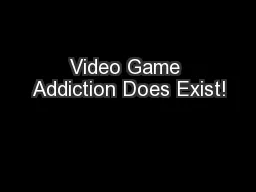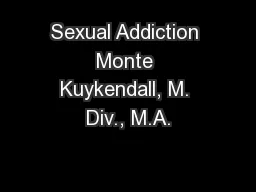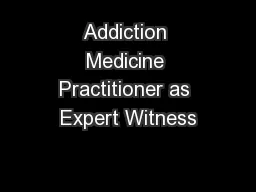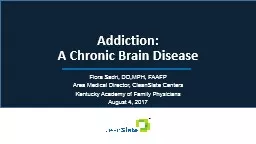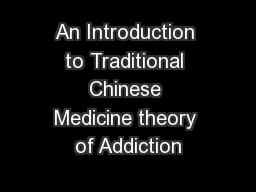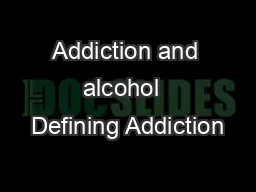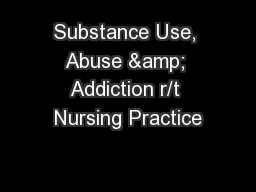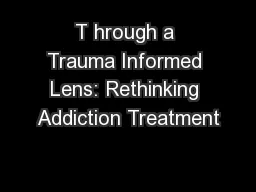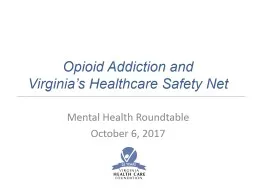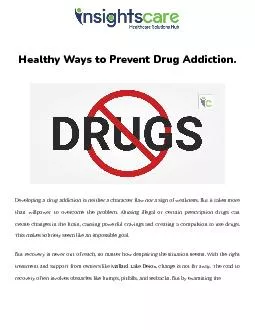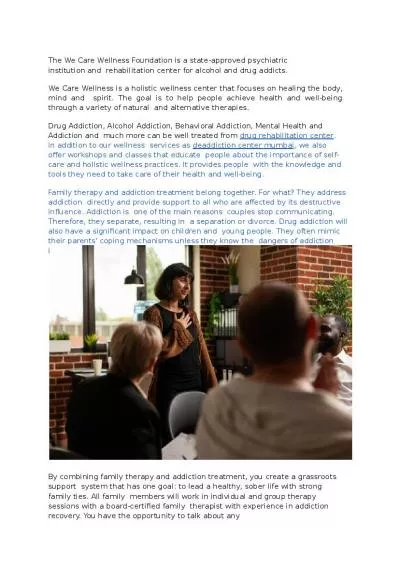PPT-The Science of Addiction
Author : paisley | Published Date : 2022-06-15
Immersion Training in Addiction Medicine Program 2020 October 2020 Daniel P Alford MD MPH Professor of Medicine Associate Dean Continuing Medical Education Director
Presentation Embed Code
Download Presentation
Download Presentation The PPT/PDF document "The Science of Addiction" is the property of its rightful owner. Permission is granted to download and print the materials on this website for personal, non-commercial use only, and to display it on your personal computer provided you do not modify the materials and that you retain all copyright notices contained in the materials. By downloading content from our website, you accept the terms of this agreement.
The Science of Addiction: Transcript
Download Rules Of Document
"The Science of Addiction"The content belongs to its owner. You may download and print it for personal use, without modification, and keep all copyright notices. By downloading, you agree to these terms.
Related Documents

